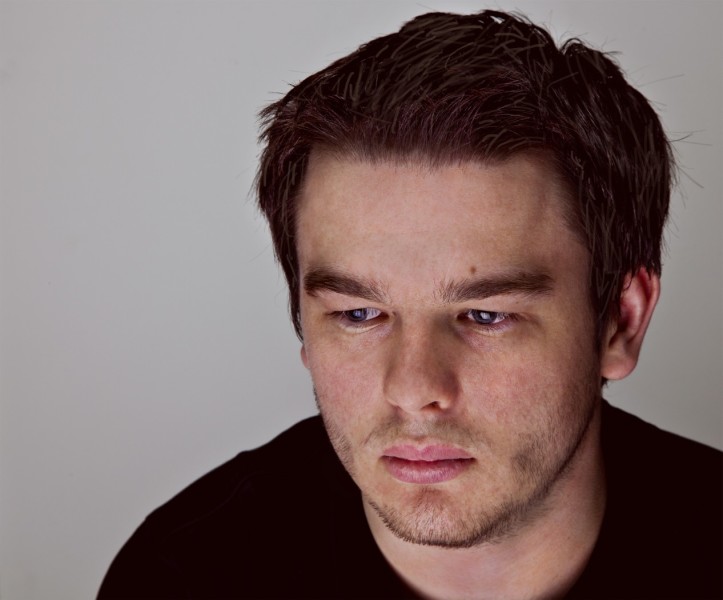
• Computer user •
Get familiar with light intensity. Look for the right light intensity in every shot. It is not always easy – here’s how.
Aim for a light intensity that suites the subject.
When using artificial lights think about how light best suits the subject. Learners often use lights set too bright. We will explore the use of distance to reduce the light intensity.
What is light intensity
You might describe light intensity as the power that light has at a given place. A light is most powerful at its source. As it radiates away from the source it becomes less intense. Actually the light radiated still has the same total energy. As it gets further from the light source it is just spread out more.
At each point where you measure light travelling away from the source there will be less and less light. This is because the total light is more and more spread out. This relationship is called the Inverse Square Law. It is a bit of math which describes how light behaves. For our purposes we just need to know that as the distance from a light increases, the illuminated area also gets larger. The same amount of energy is spread out over a larger area. We can say this in a simple way…
As you move away from a light, the light intensity reduces by “distance squared”.
A camera only samples a small area of light. If the light is spreading out the amount of light it can gather is getting less. The light intensity it can capture reduces with distance. Less light is going to get into the camera.
So the light intensity gets less with distance?
At one meter from the light you can say light intensity is one unit. At two meters the light is spread out over four square meters (1 divided by four). If you take a photo you will get one quarter of the light entering your camera. Here is a table that shows how this goes…
2 M from source :: Light intensity per square meter = 1/4
3 M from source :: Light intensity per square meter = 1/9
4 M from source :: Light intensity per square meter = 1/16
and so on…
[M = Meter]
Here is a diagram showing how light intensity falls off according to the inverse square law.
How does this help?
When using artificial light of any kind you should remember light intensity. Good light should match the scene for a good image. It should look natural and the right sort of light (colour, intensity, etc). You also need to have enough illumination for the shot. Too little and the picture will be under exposed. Too much? The picture will be washed out, over exposed. All simple enough.
You need to know that light intensity falls off with the square of the distance for one reason. If you take a picture close to a light (1m) that may be bright enough to achieve what you need. If you move to three meters the light intensity will be reduced to one ninth of its previous amount. That is very different light to use. It changes your light levels in the scene. It will also affect your cameras ability to make an exposure. It may affect the colour of the light or other properties.
For someone using a flash on a camera it works the other way around. If you move to three meters from your subject the flash will light them at one ninth of the light intensity of a shot taken from one meter. They will appear much less bright.
Moving close to or away from a light source
The point is simple. Light intensity determines both the illumination and the brightness of a subject. You don’t need to move a lamp or flash very far for a significant loss (or gain) of light intensity. So guessing where to take your next shot is made easier. You can predict that fall-off now you know how the lighting behaves.
Now you can control your flash two ways. You can turn it down using the menus on your camera (check your manual). Alternatively you can move back. Even a short distance back will reduce the brightness of the shot by a lot.
Next time you are using a flash…
Why not test the theory. Put your camera in manual mode. Take a picture at one meter. Without changing the settings, move back. Try two meters, then three, and so on. Each picture will get dimmer. Quicker than you expect you will not be able to make an exposure. This is probably one of the most important lessons about the behaviour of light.
Comments, additions, amendments or ideas on this article? Contact Us
or why not leave a comment at the bottom of the page…
Like this article? Don’t miss the next — sign up for tips by email.
Photokonnexion Photographic Glossary – Definitions and articles.
Light and Lighting – Resource pages on Photokonnexion
Inverse Square Law
Diagram showing how light intensity falls off – the inverse square law
